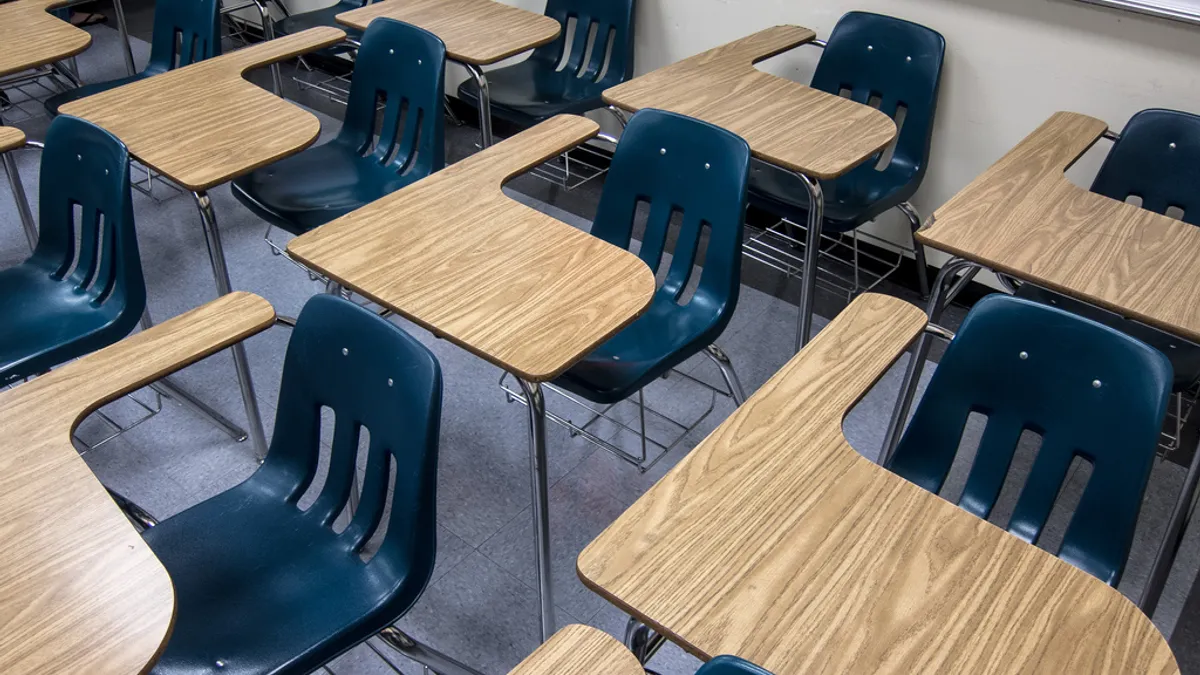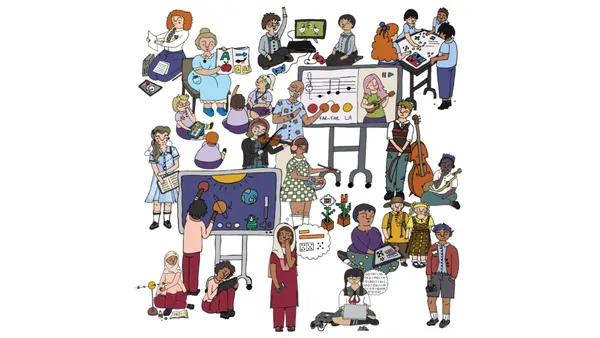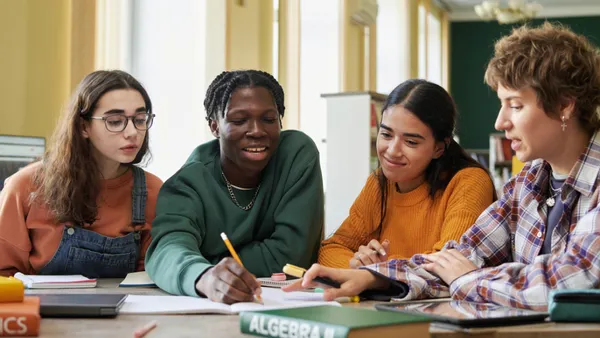Dive Brief:
-
Declining enrollment leaves some districts with under-enrolled schools. While nearly empty schools are a waste of money and resources, closing them poses political challenges, Chalkbeat reports.
-
One high school in Chicago's Austin neighborhood that was built for 1,000 has only 58 students, while a nearby a high school designed to hold 2,000 students only enrolls 200. Over the last decade the district has lost 54,100 public school students and left 145 schools only half full.
-
But the Chicago mayor and school leaders seem reluctant to close any schools despite sparse enrollment. Meanwhile, the city's plan to address its shrinking numbers includes consolidating schools, redrafting boundaries and leasing out extra space to community groups.
Dive Insight:
Chicago isn't the only districts struggling with school enrollment numbers. Student declines are also expected in California and in the Philadelphia City School District. In Los Angeles, the number of children is dropping while the number of residents is growing and, considering California is one of many states that allocates funds based on the number of students that attend public schools, this could pose a problem. Declining enrollment also means that downsizing staff and selling off district property are likely.
Lower birth rates and immigration crackdowns are leaving fewer students in public classroom seats. The national birth rate has dipped to a record low, and experts say public student enrollment could drop 8.5% by 2028, leading to more school closures.
On the surface, consolidation and closing under-enrolled schools makes sense and would save money. Yet, districts leaders often shy away from those measures. In Chicago, a mass closure of 50 schools in 2013 in mostly black neighborhoods left displaced students and their families feeling angry and demeaned.
Research indicates that school closures may not be in the best interest of the students. Displaced students’ immediate test scores and graduation rates drop. There are also studies that show lower-performing schools with higher black and Hispanic populations are more likely to be closed than low-performing schools with fewer students of color. School closures are also more likely in urban areas.











